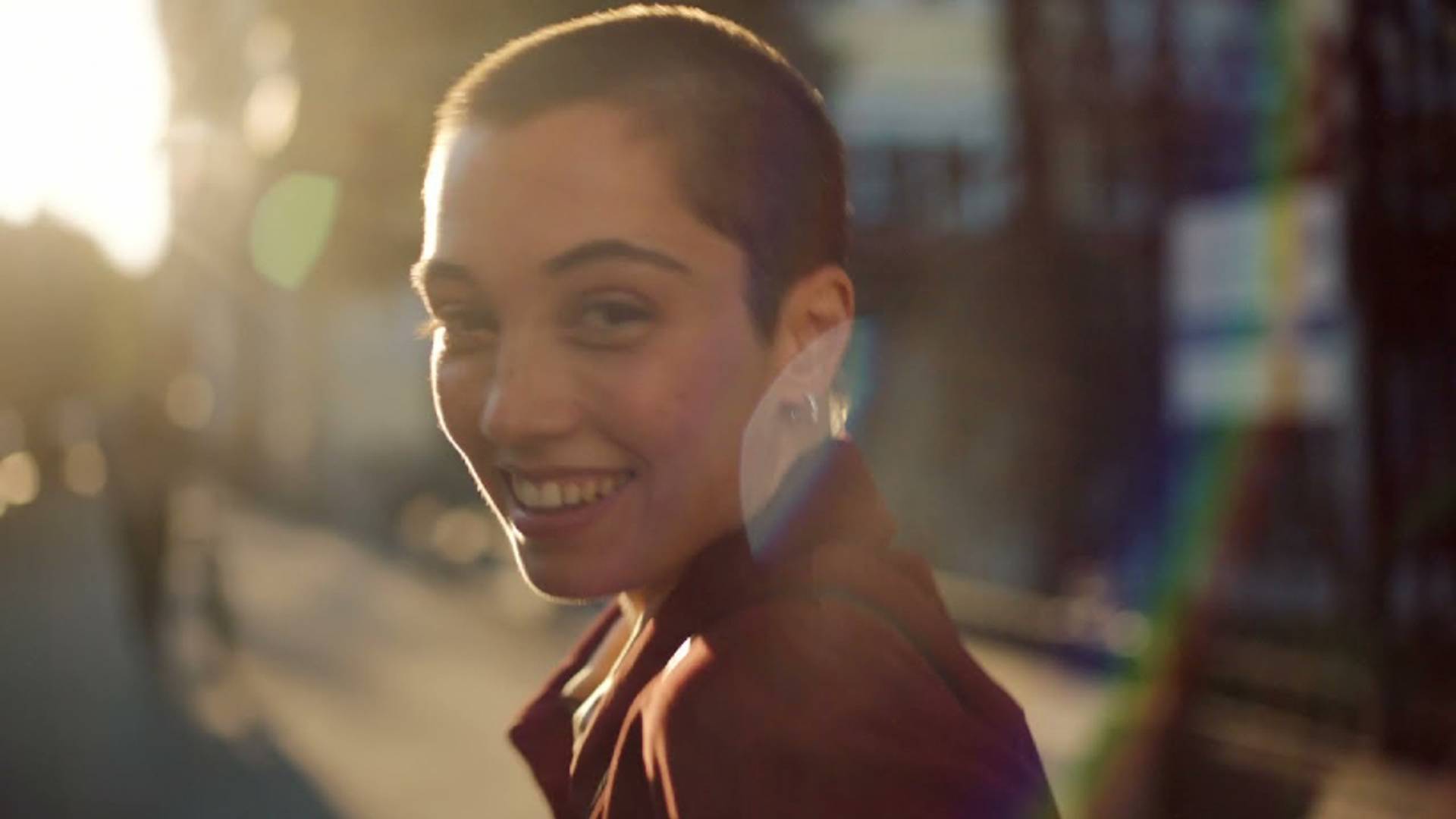
A Bumble campaign is celebrating the process of dating, instead of following the industry norm of focusing on happy endings. It reflects people’s increasingly exploratory approach to post-pandemic dating, a space in which Bumble’s gender safeguards make it especially popular.
The campaign is titled ‘Fall In Love With Dating’ and depicts a woman experiencing a variety of relatable moments such as exchanging awkward first introductions, brushing her teeth with her finger after staying the night, and raising relationship doubts with friends. Daters are rethinking their dating strategy and getting intentional about what they want – indeed, 70% of people are open to going on four dates a week to maximise their chance of making a match. As people emerge from the pandemic, Naomi Walkland, Bumble vice-president of marketing for EMEA, says the campaign is about “showing the beauty of the messy, in-between stages of dating and empowering women to take control of their dating lives.”
Common narratives tend to focus on the endpoint of a relationship, such as Hinge’s ‘designed to be deleted’ campaign while Bumble is tapping into people’s desire to experiment with experiences – seen by the 32% of people who view dating as an exploratory undertaking. These changes in mindset are, however, also seen in line with mounting concerns about safety – indeed, 46% of American adults think dating sites are unsafe. With these concerns in mind, Bumble is able to credibly reposition its narrative because of an emphasis on gender protection – only women and non-binary people can message first, it supports a number of gender equality charities, supports its users, and has launched a campaign to make ‘cyberflashing’ illegal. Brands can look to Bumble as an example of how to respond to changing behaviours in both an authentic and responsible way.